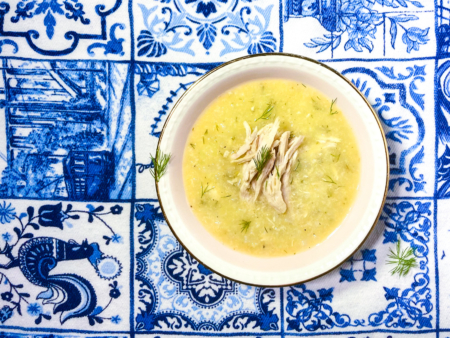These little green beauties are the green seed contained within pumpkin seeds. The word “pepita” comes from the Spanish word meaning “little seed of squash”. But don’t go buy a jack-o-lantern pumpkin when trying to make them yourself, as pepitas come from varieties of pumpkins bred to produce hulless seeds. Whereas the typical Halloween pumpkin does have seeds which can be cleaned, dried, and roasted, those seeds contain an outer shell which would be incredibly time and labor intensive to remove for mass pepita production. Look for pepitas in Latino markets, well-stocked grocery chains, or in health food stores.
Flavor and Texture of Pepitas
Like a larger sunflower seed, pepitas have a nutty flavor with a crunchy bite. We recommend roasting or toasting pepitas as it brings out an even more fragrant and warm nuttiness which is great on its own as a snack or used in recipes. These seeds naturally have a high oil content making them a clever substitute for pine nuts when making pesto, and they can also be processed into pepita oil for cooking.
Storage and Usage of Pepitas

To maintain freshness, keep your pepitas in an airtight container in a cool dry place for up to nine months, such as the pantry. Without their hull, pepitas are less protected, which means they are more susceptible to go rancid over time if exposed to heat and light.
Try using pepitas as a pretty and interesting garnish for soups and salads, like our Wild Rice and Acorn Squash Salad. Or add a handful into our Moroccan Spiced Carrots with Lentils for a crunchy component. These seeds work great in baking as well providing a nutty flavor and healthy oils. Add about a quarter cup to our Baked Apple Oatmeal for a pop of color and flavor.
Feature Image: PublicDomainPictures from Pixabay



